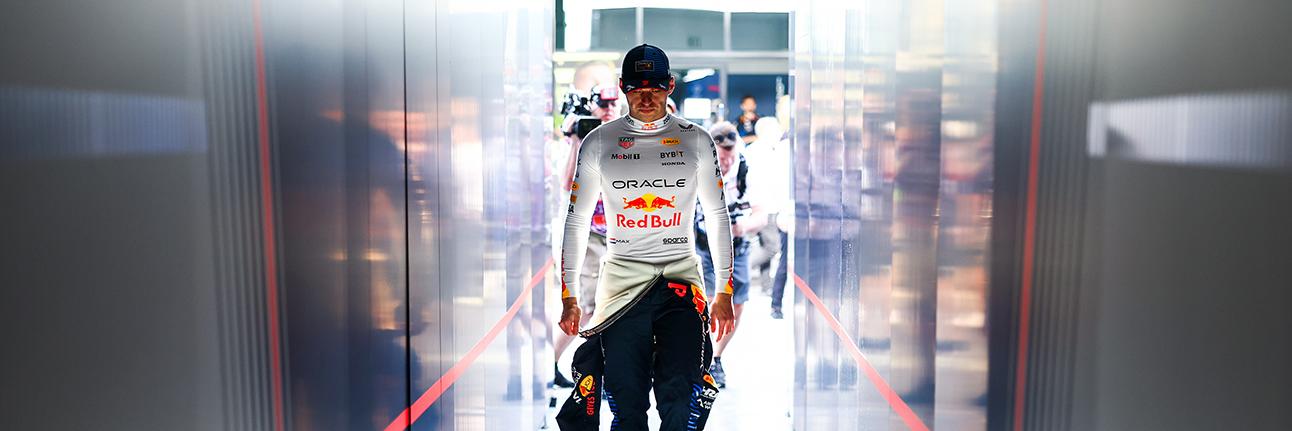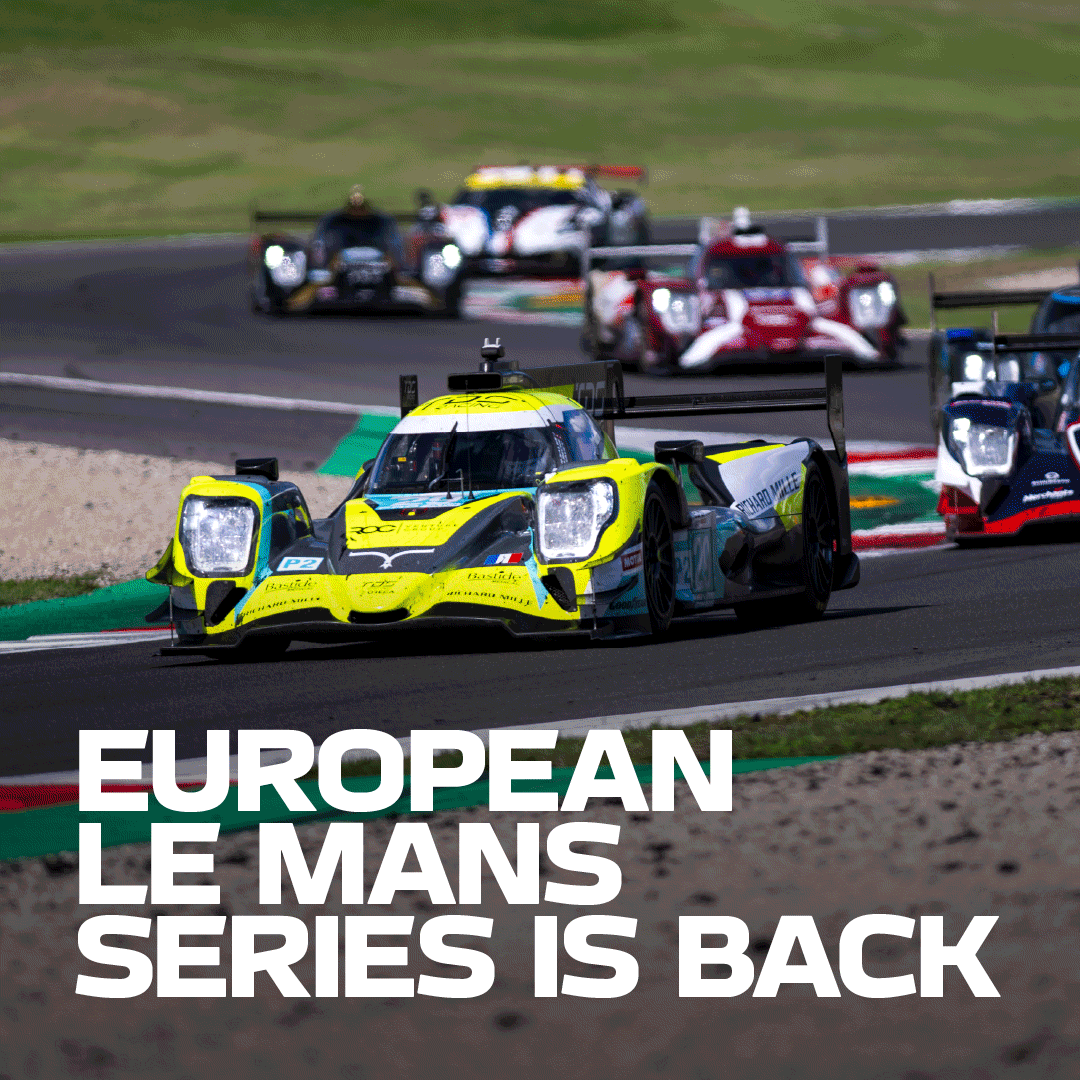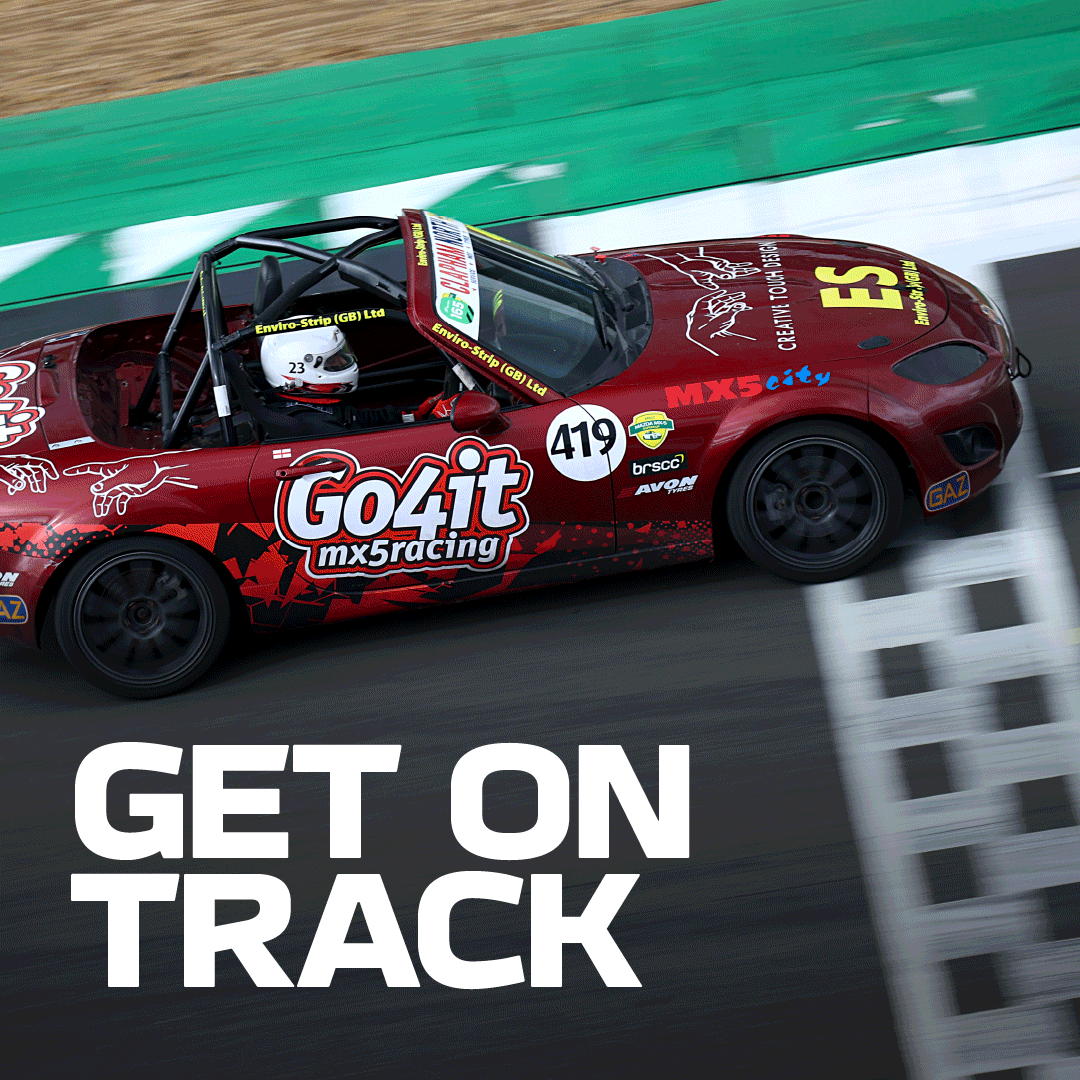
Off and running: everything we learned from F1’s opening three races of 2024
26 March 2024A new season may have dawned as 20 Formula 1 cars headed down to Turn 1 of the Bahrain International Circuit, but it was the same face atop the podium once the chequered flag had fallen.
Max Verstappen’s form was imperious as ever at rounds one and two, but the third race in Australia revealed that the RB20 is far from invincible.
You’d be forgiven for thinking that the 2024 season was going to be straightforward, but the headlines that have emerged from the opening three rounds – many of which surround Carlos Sainz – suggest otherwise.
Bahrain’s curtain raiser
Following an intriguing three-day pre-season test at the same circuit, expectations were high – albeit a little tempered – ahead of the new season. The scarlet Ferrari cars looked to have genuine pace and the rest of the pack looked to have made significant progress, but the paddock was weary of the aggressive downforce package adorning the Red Bulls.
Verstappen on imperious form
Despite chart-topping times from Daniel Ricciardo (FP1), the Mercedes duo of Lewis Hamilton and George Russell (FP2) and Sainz (FP3), it was the reigning champion Verstappen who picked up where he left off in qualifying.
Taking pole position by just shy of a quarter of a second from Charles Leclerc, Verstappen gave himself the ideal starting place from which to get his season underway, ahead of the Ramadan-accommodating Saturday season opener.
That imperious form carried over into the race proper, where Max romped to an unchallenged victory, some 22 seconds clear of Red Bull team-mate Sergio Perez.

Sainz puts himself in the driving seat
Unable to match the single-lap might of Leclerc and Verstappen in Q3, it seemed as if the wind had been taken out of the Spaniard's sails by the time the race came around. But he wasn’t to be dissuaded that easily; with Hamilton announced as his successor before the season had even started, he had a point to prove.
Launching from fourth on the grid and the dirty side of the track, Sainz was tardy off the line allowing Perez through. Relegated to fifth, Sainz began his climb back up the order.
An alternate strategy from Ferrari made Carlos’ job that bit harder, but the racer in him rose to the challenge passing team-mate Leclerc not once, but twice on track before expertly dispatching Russell for the final podium spot. Just two seconds behind Perez at the flag, Sainz was the dominant Red Bull’s closest challenger.
The battle for the midfield is tighter than ever
Although the Red Bulls and Ferrari seem to have a stranglehold on the front of the field, it’s anyone’s guess in the lower half of the top ten and, beyond that, the second group of 10 cars are even more closely matched than the first.
While McLaren, Mercedes and Aston Martin vied for the lower points-paying positions, the battle behind raged until the race’s dying moments. At the last, it was Zhou Guanyu who claimed 11th but Kevin Magnussen’s Haas, the squabbling RB duo of Daniel Ricciardo and Yuki Tsunoda as well as Alex Albon’s Williams were all less than four seconds behind.

RACE RECAP: Fierce fighting at Ferrari, Verstappen back on top in Bahrain
Street fighting in Saudi Arabia
A return to F1’s fastest street circuit proved eventful indeed, and with blind corners, long straights and the ever-present barriers, a certain amount of unpredictability is to be expected in Jeddah. What wasn’t on anyone’s list of possibilities that weekend was an appendicitis diagnosis for Bahrain podium finisher Sainz…
Bearman announces himself as a superstar in the making
Fortunately for the Scuderia, they were able to swap out one hungry and motivated racing driver for another. Formula 2 race winner, Ferrari Academy driver and Saudi Arabian F2 pole sitter Oliver Bearman got the call to don the red overalls mere hours before FP3 and duly drove the wheels off the Ferrari.
Navigating the Jeddah Corniche Circuit’s uniquely intense layout is no mean feat, but Bearman did so with composure beyond his 18 years to qualify an impressive 11th in only his second F1 session.
It was no fluke, either. Bearman’s pace only improved during the Grand Prix itself, as he battled his way into the points, eventually holding charging compatriots Lewis Hamilton and Lando Norris at bay to finish as the second-highest placed Brit in seventh. A stellar debut that got the entire F1 community talking about his future in the sport.

Magnussen creates a rolling Danish roadblock
With Lance Stroll crashing out in the early stages of the race, an opportunity presented itself for one of the midfield teams to earn themselves a championship point.
Other than Bearman, another driver caught the attention of TV audiences and pundits alike during the melee and that driver was none other than Kevin Magnussen, who showed what true teamwork looks like during the race.
Having already received a time penalty for an earlier misdemeanour, K-Mag morphed into a rolling road block to hold back the chasing Williams and RBs behind. That enabled team-mate Nico Hülkenberg to pit and emerge ahead, going on to secure a well-deserved point for the team.
Perez becomes the rear gunner Red Bull needs
Sergio Perez started the season with exactly the form required if he’s to retain his Red Bull seat. Recovering well from a lacklustre fifth on the grid to take the runner-up spot in Bahrain, he made sure he didn’t have as much work to do to back up his team-mate by qualifying third behind Charles Leclerc.
The Monegasque may have held off the charging Mexican at Turn 1, but it only took Perez until Lap 4 to get past into the second spot. Once the non-stoppers of Hamilton and Norris had been dispatched, it was plain sailing for the team from then on in.
Max maintained the gap for the duration, eventually finishing 13 seconds clear, but Sergio finished the first two races exactly where he needed to.

RACE RECAP: Brits battle it out as Bearman sparks sensation in Saudi Arabia
Carlos on top down under
With no major updates at the sharp end of the grid for the Australian Grand Prix, it was expected to be status quo as far as the running order was concerned. That was until the scarlet cars raised eyebrows with competitive long-run pace during practice.
A chink in Red Bull’s armour
For the first time in two years and 43 races, Verstappen failed to finish due to a fire in his rear-right brake. But it wasn’t just a reliability problem that exposed a weakness for Red Bull in Australia.
Ferrari, and Carlos Sainz in particular, were a credible threat throughout the weekend and due to the circuit’s updated high-speed nature, it suggests that Ferrari’s strength, and potentially Red Bull’s weakness lies at the top end of the performance window.
Perez did nothing to dispel these theories with his post-race comments, suggesting Sainz would’ve won the race whether Verstappen finished or not. Regardless of speculation, Sainz made a resounding statement to any future teams that may be considering him for 2025.

McLaren could be a credible threat
Sainz may have been in control of the race from the moment he overtook Verstappen, but the McLaren duo of Norris and home favourite Oscar Piastri were hot on his heels for the duration.
What seemed like the third or fourth fastest car in the first two races was all of a sudden a looming threat for the race win in Melbourne. An upturn in form for the Woking-based outfit similar to what we saw in 2023 could be on the cards.

Penalties for strategic driving
Although Aston Martin had resigned themselves to a distant fifth fastest team – in race trim –a minor upgrade package brought them into contention to battle with the Mercedes drivers.
Unfortunately for the team, Fernando Alonso was hit with a hefty 20-second post-race penalty for his unusually slow entry into Turn 6. The stewards cited an earlier lift and downshift as reasoning for the penalty while Russell stated the Spaniard’s driving was erratic.
It’s not the first time modern fans have been exposed to strategically slow driving; slowing before or during a corner can often hamper the car behind and provide a better exit for the leading driver, but this penalty may begin to change the landscape of strategic driving in F1.









